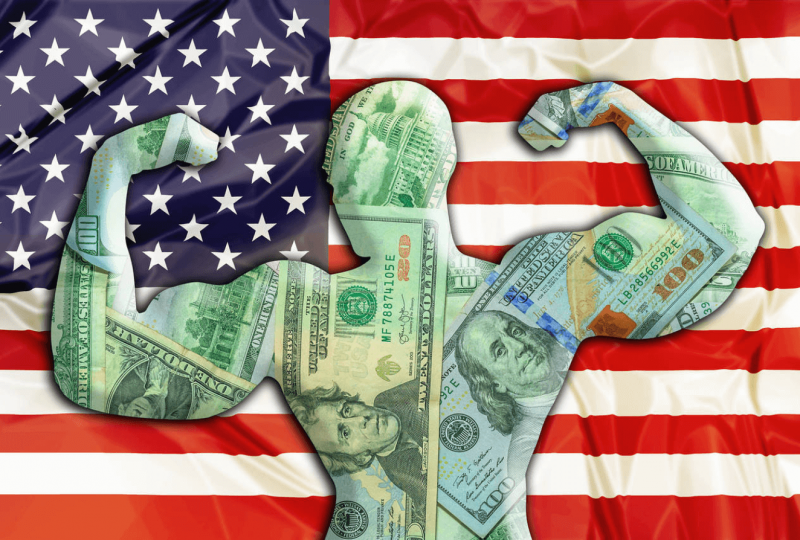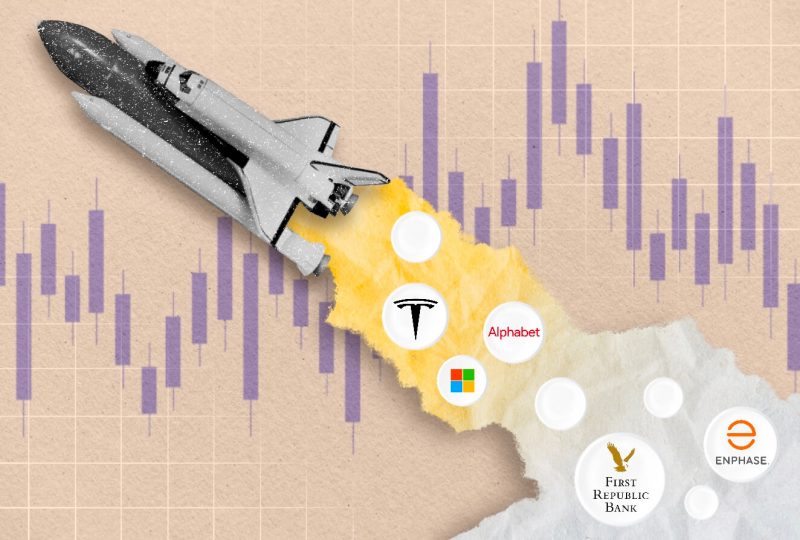A Strong U.S. Dollar Raises Risks for Everyone

Nothing can stop the dollar. Until something can, there will be more suffering for the world's financial markets.
The dollar is powerful, and that is an understatement. Following a 6.9 percent increase in May, which was the largest increase since 2015, the Dollar Index (DXY) increased by 6.8 percent from May to July 14. The dollar and euro have reached parity, while the yen is at its lowest point in more than 20 years.
The increase in the dollar was at first more of a nuisance than an issue. The typical explanations, such as interest rate and growth differentials, were given for it. But in recent weeks, things have altered. The dollar's current strength appears to have been fueled by investors' need to play defense as they sell assets they acquired using borrowed dollars, putting pressure on everything from developing market bonds to European banks.
According to David Rosenberg, head of Rosenberg Research, "The dollar's unrelenting rise at this juncture is a time bomb for global financial markets and the economy."
Why Did It Happen?
Which element is the most terrifying? The bomb was detonated by governments, central banks, and financial institutions. According to Charles Gave of Gavekal, the ultra-accommodative monetary policy made borrowing dollars too simple and affordable, which gave people and businesses outside the United States a false sense of security. The dollar is currently neither inexpensive nor readily available due to the Fed's withdrawal of market liquidity.
"If foreign borrowers accumulate a significant short position in the U.S. dollar, then one day something will occur, like a dramatic increase in the price of oil, to precipitate a bout of short-covering," wrote Gave. "And this will increase the value of the dollar, causing further short covering to take place. We are currently witnessing this."
The strength of the dollar won't last forever. Larry McDonald (MCD) of The Bear Traps Report says that the Dollar Index has recently traded roughly 5% above its 50-day moving average, with a peaking history. It merely remains to be seen what will make it fall back again. Russia turning the gas back on for Europe and the Fed is compelled to slow down owing to the harm it is doing are two scenarios raised by McDonald. The capacity of the dollar to go much higher from here is severely constrained by financial stability and market circumstances, the author adds.
However, the dollar's strength will inevitably impact the profitability and margins of businesses that generate their revenue outside of the United States. And it could be especially painful for technology companies, which account for 20 of the top 50 S&P 500 companies in terms of the percentage of revenue that comes from foreign sales. It could also be especially painful for semiconductor stocks, where all but Skyworks Solutions (SWKS) derive more than half of their revenue from international sales. This covers companies with more than 80% of their sales made abroad, such as Qualcomm (QCOM), Intel (INTC), and Nvidia NVDA (NVDA).
Dennis DeBusschere of 22V argues that it is difficult to discern between high and low international sales within Semis because nearly all of the firms in the category have overseas sales percentages above 50%.
The iShares Semiconductor exchange-traded fund (SOXX), which represents the category, has experienced a particularly robust run in July, rising 4.7 percent, nearly three times the S&P 500's 1.7 percent gain. This largely reflects that the Chips Act may succeed even if President Joe Biden's comprehensive economic plan appears to be doomed from the start. However, the chip boom might end as fast as it began if the dollar remains strong and politicians fail to deliver.




